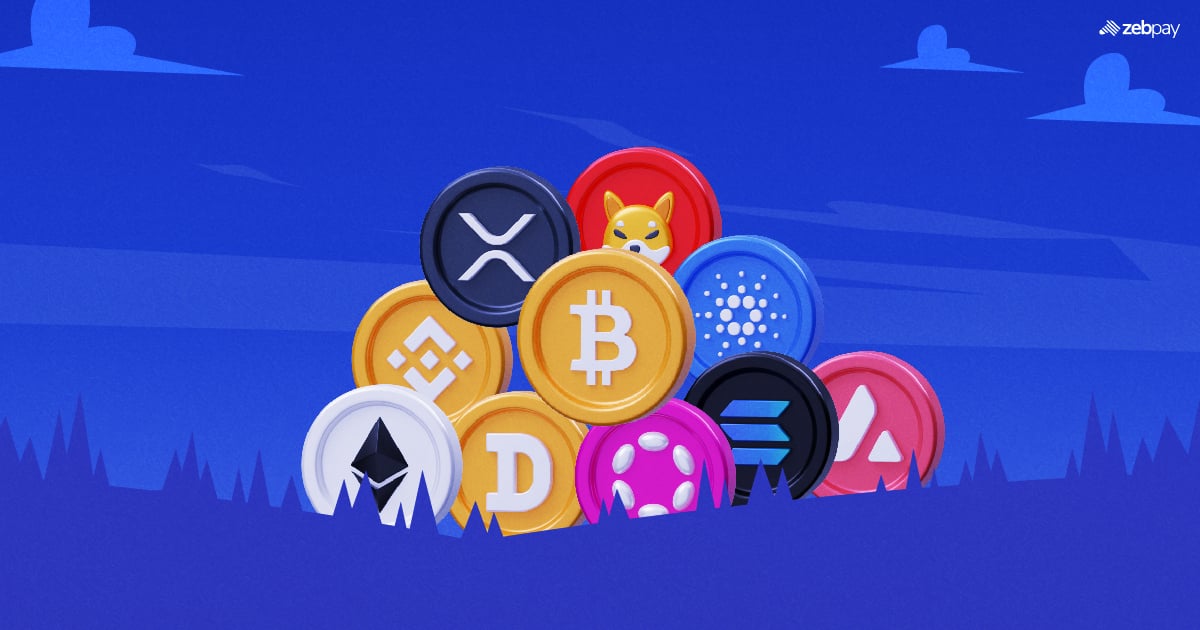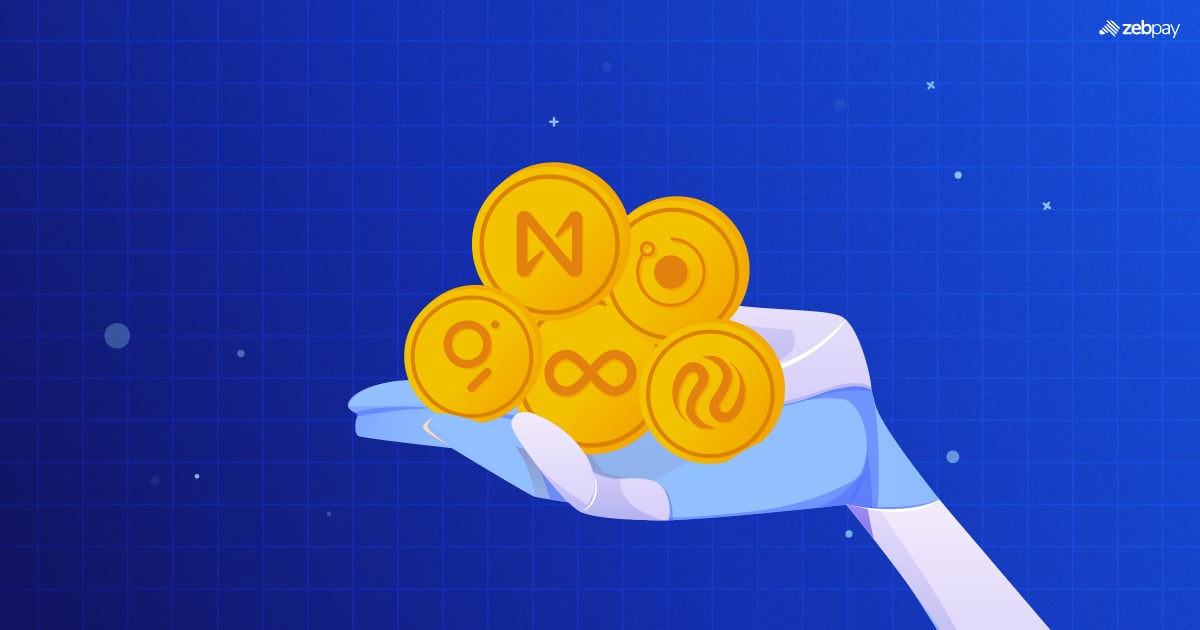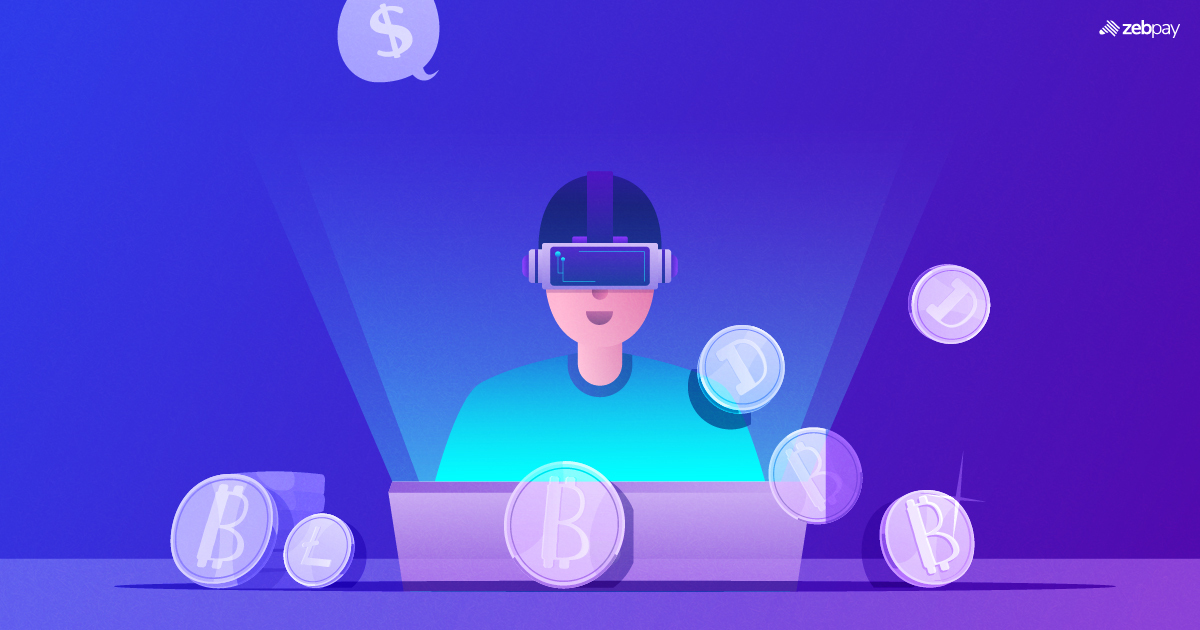Introduction
Overview of Bitcoin Mining
Bitcoin, the world’s most popular crypto, is generated through a process called mining. Bitcoin mining involves verifying and adding new transactions to the blockchain, the decentralised ledger that records all Bitcoin transactions. Miners use powerful computers to solve complex mathematical problems, and in return, they are rewarded with newly minted Bitcoins.
Purpose of Bitcoin Mining
The purpose of Bitcoin mining goes beyond the generation of new coins. It also plays a vital role in securing the network and ensuring the integrity of transactions. By validating transactions and maintaining the blockchain, miners contribute to the decentralised nature of Bitcoin, making it resistant to censorship and fraud.
Factors to Consider Before Mining Bitcoin at Home
Before diving into Bitcoin mining at home, there are a few factors to consider:
- Electricity Costs: Mining Bitcoin requires significant computational power, which translates into high electricity consumption. Ensure you have access to affordable electricity rates to make mining economically viable.
- Hardware Costs: Acquiring the proper mining hardware can be a substantial investment. Research and calculate the return on investment (ROI) based on the hardware’s hash rate, energy efficiency, and market price.
- Cooling and Heat Management: Bitcoin mining rigs generate a substantial amount of heat. Adequate cooling and heat dissipation systems are necessary to prevent overheating and potential damage to your equipment.
Read more: How To Build A Crypto Mining Rig
Setting Up Your Bitcoin Mining Rig
Choosing the Right Hardware
Selecting the right mining hardware is crucial for successful Bitcoin mining at home. There are two primary types of hardware: CPUs (Central Processing Units) and ASICs (Application-Specific Integrated Circuits). ASIC miners are more efficient and cost-effective for Bitcoin mining. Research and compare different models based on their hash rate, power consumption, and price to find the most suitable option for your needs.
Installing Mining Software
After acquiring the mining hardware, you need to install mining software on your computer. Popular mining software options include CGMiner, BFGMiner, and EasyMiner. These programs help connect your hardware to the Bitcoin network and allow you to control and monitor your mining operations.
Setting Up a Bitcoin Wallet
Before mining, you must set up a Bitcoin wallet to store your mined coins securely. Wallets come in various forms, such as software wallets, hardware wallets, or online wallets. Research and choose a reliable wallet that suits your preferences for security, accessibility, and convenience.
Joining a Mining Pool
Mining alone can be challenging due to the increasing difficulty of mining and the competition among miners. Joining a mining pool allows you to combine your mining power with other miners, increasing your chances of earning consistent rewards. Research and choose a reputable mining pool that offers fair distribution of rewards and has a good track record.
Read more: How Do Miners Earn Block Rewards
Optimizing Your Bitcoin Mining Performance

Maximizing Mining Efficiency
To maximise your mining efficiency, consider the following tips:
- Optimal Mining Settings: Configure your mining software and hardware to achieve the highest hash rate while maintaining stability. Optimize the settings based on the manufacturer’s recommendations and community feedback.
- Regular Hardware Maintenance: Clean your mining rig regularly to prevent dust buildup, which can affect its performance. Ensure proper ventilation and airflow to keep your equipment running smoothly.
Managing Mining Costs
Managing costs is crucial for profitability. Consider the following cost-saving measures:
- Energy-Efficient Mining: Use hardware with higher energy efficiency to reduce electricity costs. Look for mining hardware with a high hash rate-to-power consumption ratio.
- Time-of-Use Electricity Rates: Check if your electricity provider offers time-of-use rates. By mining during off-peak hours when electricity costs are lower, you can save on your overall expenses.
- Optimise Cooling: Implement efficient cooling solutions to minimize energy consumption. Consider using fans, heat sinks, or liquid cooling systems to dissipate heat effectively.
Monitoring and Maintaining Your Mining Rig
Regular monitoring and maintenance are essential for the smooth operation of your mining rig:
- Monitoring Software: Install monitoring software that provides real-time information about the temperature, hash rate, and power consumption of your mining hardware. This allows you to detect any issues promptly.
- Regular Inspections: Conduct regular inspections of your mining rig to identify any hardware malfunctions or potential failures. Replace faulty components promptly to avoid disruptions to your mining operations.
Dealing with Mining Challenges
Addressing Cooling and Heat Management
Proper cooling and heat management are crucial to prevent overheating and maintain the longevity of your mining rig. Consider the following measures:
- Ventilation: Ensure that your mining rig is placed in a well-ventilated area. Use fans or exhaust systems to remove hot air and maintain a stable operating temperature.
- Air Conditioning or Dedicated Cooling Systems: In regions with high ambient temperatures, consider using air conditioning or dedicated cooling systems to maintain an optimal mining environment.
Dealing with Power Outages and Hardware Failures
Power outages and hardware failures can disrupt your mining operations. Consider investing in a UPS to provide temporary backup power during short power outages. It gives you time to safely shut down your mining rig and avoid data corruption. You may also employ spare components such as power supplies or GPUs. This minimizes downtime in case of hardware failures. It also allows you to quickly replace faulty components and resume mining operations.
Troubleshooting Common Mining Issues
Mining can come with its fair share of challenges. Here are a few common issues and their potential solutions:
- Connectivity Problems: Ensure stable internet connectivity and check network settings. Restarting your router or updating mining software can often resolve connectivity issues.
- Software Glitches: Stay updated with the latest mining software versions and patches. If you encounter software glitches, try reinstalling or switching to different mining software.
Conclusion
A. Summary of Bitcoin Mining at Home
Mining Bitcoin at home can be a rewarding venture if approached with careful planning and consideration. By choosing the right hardware, setting up your mining rig, optimising performance, and addressing potential challenges, you can create a profitable mining operation from the comfort of your own home.
B. Future Outlook of Bitcoin Mining
Bitcoin mining continues to evolve with advancements in technology and the increasing complexity of mining algorithms. It is essential to stay informed about the latest trends and innovations in the mining industry to adapt and optimise your mining operations effectively.
C. Importance of Responsible Mining Practices
As the popularity of Bitcoin mining grows, it is crucial to prioritize responsible mining practices. This includes using renewable energy sources, reducing electronic waste, and supporting sustainable mining initiatives. By adopting responsible mining practices, we can ensure the long-term viability of Bitcoin and contribute to a more sustainable future.
Read more: Top 5 AI Crypto Coins
You can read more about Crypto, Blockchain and Web 3.0 on ZebPay Blogs. Click on the button below and join the millions trading on ZebPay India.







